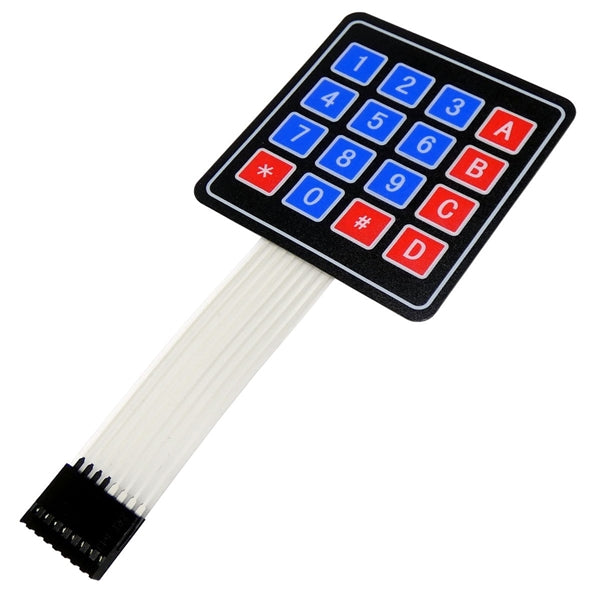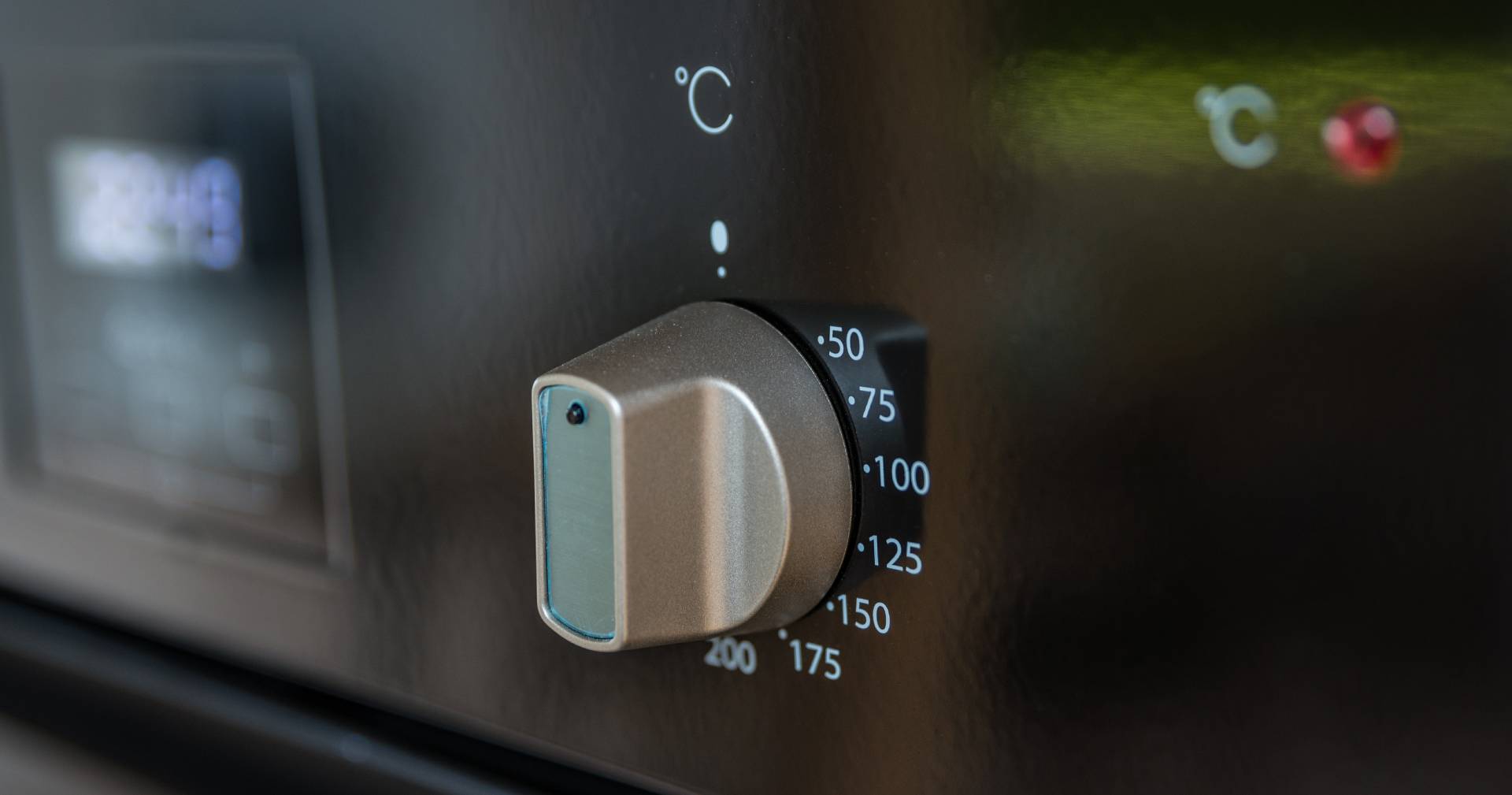Ensuring Quality and Longevity with Membrane Switches in Electronics
Ensuring Quality and Longevity with Membrane Switches in Electronics
Blog Article
Understanding the Significance of Membrane Switches in User User Interfaces
Membrane switches are indispensable elements in the design of reliable interface, promoting not only functionality yet also improving aesthetic appeal and individual interaction. Their special features, such as resistance to ecological elements and personalized styles, make them ideal for a diverse variety of applications throughout several sectors. As we explore the numerous advantages and future patterns associated with Membrane modern technology, it becomes clear that these buttons are a lot more than just components; they represent a convergence of technology and functionality. The implications of this innovation on user experience deserve examining additionally.
What Are Membrane Switches?

The spacer layer, which consists of glue residential properties, permits for the splitting up of the circuit layer from the overlay, ensuring that the switch remains in a non-activated state until pushed. When stress is related to the overlay, it compresses the spacer layer, bridging the gap and finishing the circuit in the underlying layer. This design not only decreases the physical space needed for standard mechanical switches however also boosts the longevity of the gadget, as Membrane switches are usually resistant to dirt, wetness, and various other environmental variables.
Frequently found in applications varying from customer electronics to clinical devices, Membrane buttons are important to modern technology, offering a straightforward and efficient interface that lines up with contemporary design needs.
Advantages of Membrane Switches
While various switch innovations exist, Membrane Switches offer distinct advantages that make them specifically desirable in various applications. One of the main benefits of Membrane buttons is their portable design, which permits space-saving applications in devices where realty is limited. Their slim account not just boosts visual appeal but also assists in light-weight building and construction.
Another significant advantage is their resistance to environmental elements. Membrane switches are usually sealed against wetness, dust, and contaminants, making them optimal for use in demanding atmospheres, such as medical devices and industrial tools. This durability extends the lifespan of the button, lowering upkeep expenses and enhancing reliability.
Moreover, Membrane buttons can be tailored to fulfill certain design needs, including unique graphics and shades that improve individual communication. Their tactile comments alternatives can likewise be tailored to provide a rewarding user experience. Furthermore, Membrane switches are cost-efficient, particularly in high-volume applications, as they can be produced effectively.
Applications in Various Industries

In the customer electronic devices industry, Membrane switches are prevalent in tools such as microwaves, cleaning machines, and remotes. Their tactile feedback and visual options boost individual experience while providing a streamlined, contemporary appearance. Additionally, automotive manufacturers utilize Membrane buttons in dashboard controls and infotainment systems, where space is limited, and customer interaction is critical.
Additionally, the industrial industry leverages Membrane buttons in control panels for equipment and devices, enabling instinctive procedure in typically severe environments. Their resistance to chemicals and wetness ensures durability and integrity in these applications. In general, the flexibility of Membrane Switches adds significantly to their extensive usage, making them indispensable in different technical domains.
Design Factors To Consider for Membrane Buttons

When developing Membrane switches, several vital considerations should be considered to make certain optimum functionality and user experience. First of all, the selection of materials is important; selecting long lasting, top quality substratums can boost the switch's durability and resistance to ecological elements such as moisture and temperature level fluctuations.
Secondly, the layout of the graphic overlay should focus on clarity and convenience of use. Icons and text need to be understandable, and the layout needs to facilitate user-friendly communication (membrane switches). Additionally, responsive feedback is crucial; integrating a responsive dome or other mechanisms can improve the individual experience by supplying physical verification of activation
One more essential aspect is the button's electric efficiency. Designers have to make sure that the conductive traces are appropriately designed to reduce resistance and article prevent signal interference. This involves examining the called for actuation force and making certain compatibility with the electronic components they will certainly user interface with.

Future Trends in Membrane Innovation
As modern technology continues to advance, Membrane buttons are poised to develop considerably, driven by developments in materials and making strategies. One arising pattern is the incorporation of advanced products, such as versatile substrates and conductive inks, which enhance sturdiness and lower the total weight of Membrane buttons. These materials not only boost the responsive feedback yet likewise permit the design of buttons that can stand up to harsher ecological problems.
Moreover, the integration of touch-sensitive modern technologies is changing conventional Membrane Switches into more interactive customer interfaces. Capacitive touch sensors installed within Membrane switch panels can Read Full Article offer a more receptive and intuitive user experience, aligning with the growing need for sleek, contemporary layouts in customer electronics.
In addition, improvements in printing strategies, such as electronic and 3D printing, enable fast prototyping and modification of Membrane buttons. This flexibility enables makers to respond faster to market needs and customer choices.
Last but not least, sustainability is becoming a considerable emphasis, with makers exploring green materials and procedures. As additional info these patterns unravel, the future of Membrane innovation promises boosted performance, visual charm, and ecological obligation, solidifying their function in advanced individual interfaces throughout different sectors.
Final Thought
To conclude, Membrane Switches represent a vital part in the style of interface, incorporating functionality with aesthetic adaptability. Their advantages, consisting of resilience and resistance to ecological factors, make them appropriate for varied applications throughout different sectors. Thoughtful design considerations boost customer interaction and experience. As improvements in technology continue, the development of Membrane buttons is anticipated to more refine interface, driving advancement and boosting usability in an increasingly complicated technical landscape.
Membrane buttons are important elements in the design of efficient individual interfaces, assisting in not only functionality but also boosting visual charm and individual interaction.Membrane Switches serve as an essential part in numerous individual interfaces, assisting in a smooth communication between users and digital gadgets.While many switch modern technologies exist, Membrane Switches deal unique advantages that make them specifically desirable in numerous applications.Additionally, Membrane buttons can be personalized to meet details style requirements, including distinct graphics and shades that improve user communication.In verdict, Membrane Switches stand for an important part in the style of customer interfaces, integrating functionality with aesthetic adaptability.
Report this page